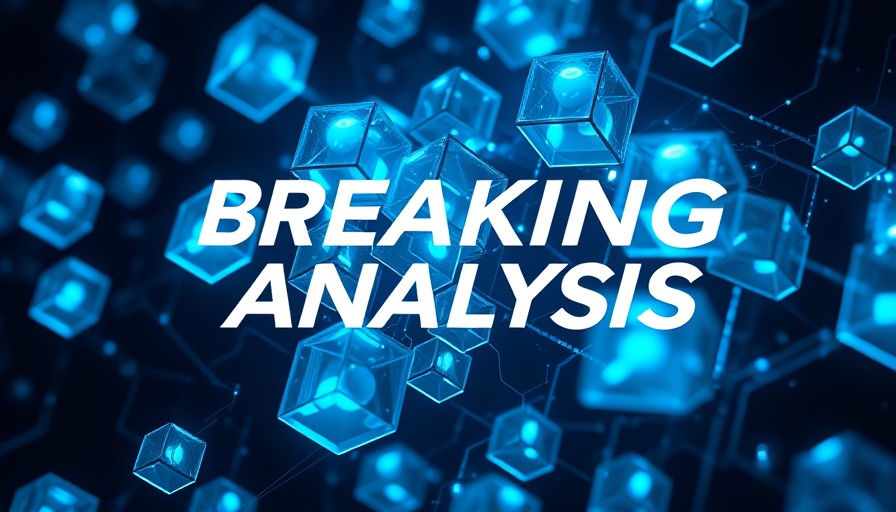
AI Robotics on the Rise: Dexterity's Major Funding Breakthrough
In a noteworthy development that underscores the growing intersection of artificial intelligence and robotics, Dexterity Inc. has secured $95 million in its latest funding round, marking a significant step forward in the world of industrial automation. With this investment, co-led by Lightspeed Venture Partners and Sumitomo Corp., the startup reaches a post-money valuation of $1.65 billion, a substantial leap from its previous estimate of $1.4 billion.
Pioneering 'Physical AI' to Transform Industry Operations
Dexterity, based in Redwood City, California, specializes in producing robots that facilitate complex merchandise processing tasks in logistics and warehousing. These robots, powered by hundreds of artificial intelligence agents, are designed to perform repetitive tasks with precision and efficiency. Each AI agent focuses on specific functions, enabling the automation of intricate processes such as loading and sorting, catering to major players like FedEx and UPS.
This push towards automation comes as many industries face acute labor shortages, making Dexterity's technology not just innovative, but essential. The company's arsenal includes a new industrial robot called Mech, which is equipped with dual arms and advanced mobility features that allow it to navigate various areas of an industrial setting. Designed to handle over 130 pounds with an impressive arm span of 16 feet, Mech signifies a paradigm shift in how tasks in warehouses can be performed more efficiently.
Addressing Challenges with Advanced AI Coordination
Central to Dexterity's approach is the Arbiter software system, which orchestrates the robots' operations while mitigating errors that can arise in unexpected scenarios—commonly referred to as edge cases. This capability not only enhances the reliability of the robots but also puts forth a promise of reduced operational downtime, with a projected mean time between failures reaching up to ten years.
The Future of Robotics: Trends and Predictions
As noted by Bloomberg's coverage on the subject, this funding round aligns with a broader trend in the robotics market, where rapid advancements are transforming industrial processes. Companies like Figure AI, which is developing humanoid robots, and Apptronik, which has also garnered significant investments, are similarly indicating a robust interest in AI-powered robotics.
At this juncture, it's apparent that the trajectory of advancements in AI and robotics suggests a future where human-robot collaboration enhances productivity across various sectors.
Call to Action
For business leaders and managers navigating the complexities of today's labor market, understanding the implications of AI-powered solutions like Dexterity can unlock strategic advantages. As automation continues to evolve, staying informed on such advancements will be crucial for leveraging new efficiencies in operational workflows.
 Add Row
Add Row  Add
Add 










Write A Comment